The Description of Leaves
There are a number of technical terms used for describing the
arrangement and shape of leaves. These terms can be divided into
several groups:
- Terms describing the arrangement of the leaves on the stem
- Terms describing the general structure of the leaf
- Terms describing the edge or margin of the leaf
- Terms describing the attachment of the leaf to the stem
- Terms describing the overall shape of a leaf or leaflet
The last group is the largest.
There is also a large group of terms for describing the surface
texture and appearance (e.g. degree of hairiness). These are not
currently included here.
Terms describing general structure of the leaf
- Simple:
show all
- Leaves generally of simple, often convex shape, without partitions, lobes, or
large lobe-like teeth. Leaves with small, marginal teeth or serrations are
generally regarded as simple. The term entire refers leaves without
any toothing or division


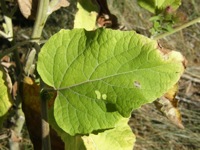
- Lobed:
show all
- Leaves with distinct protrusions, either rounded or pointed. Pinnately lobed
leaves have the lobes arranged on either side of a central axis like a feather.
Palmately lobed leaves have the lobes spreading radially from a point, like
fingers on a hand.
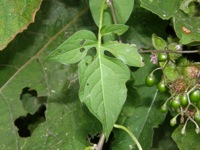
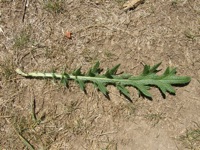
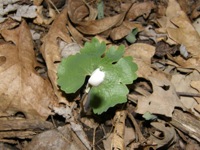
- Dissected:
show all
- Leaves that are deeply or repeatedly cut into many partitions, but not
into individual leaflets. Fern leaves are a classic example. The last example shown here
would probably be considered compound as well as dissected, as some of the divisions
go all the way to the center of the leaf.
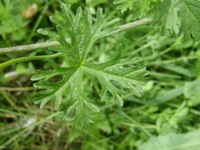

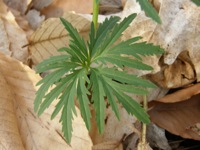
- Compound:
show all
- Leaves divided into individual leaflets. Leaflets are distinguished from leaves
in that there is no bud at the base. Leaves may be palmately or pinnately compound.
Some are doubly or even triply pinnate.
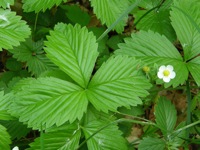
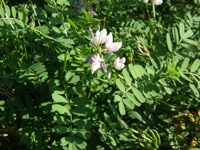
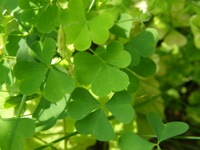
Terms describing the margin of the leaf
- Entire:
show all
- Margins without teeth or serrations. The term entire refers to leaves
that are neither toothed, lobed, or compound, i.e. simple with smooth margins.
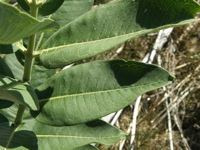
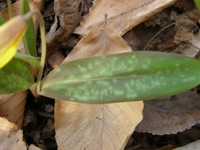

- Sinuous or sinuate:
show all
- Margins with more or less wavy or sinuous structure in the plane of the leaf.
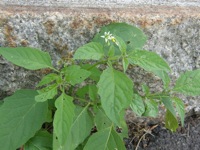
- Undulate:
show all
- Margins wavy or undulating out of the plane of the leaf.
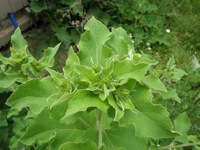

- Toothed:
show all
- Margins more or less toothed. The term is generic and encompasses the terms
serrate, dentate, and crenate, which describe different
types of relatively fine, continuous toothing, as well as situations where the
teeth are widely spaced, large and lobe-like, or occur at different scales
(doubly toothed).

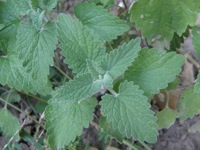
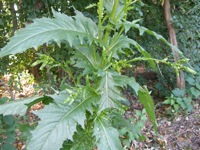
- Serrate:
show all
- Margins with continuous, sharp, forward-pointing teeth, like the blade of a ripsaw.
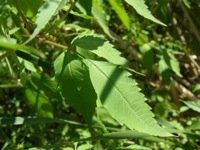
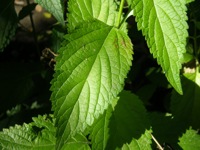
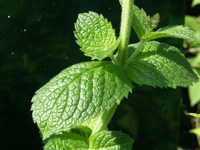
- Dentate:
show all
- Margins with continuous, generally outward-pointing teeth.
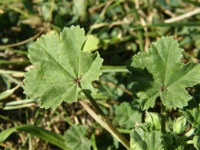
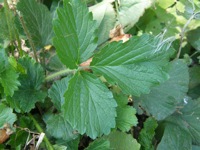
- Crenate:
show all
- Margins with continuous, rounded, and generally outward-pointing teeth; dentate with
conspicuously rounded teeth.


Terms describing the shape of the leaf of leaflet
- Ovate:
show all
- Leaves generally egg-shaped, with the broader portion towards the base. Often pointed
at the tip. Sometimes includes elliptical leaves that are not clearly broader towards
the base. May be modified as in narrowly ovate or broadly ovate.

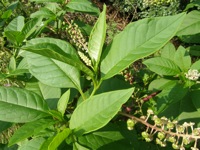

- Obovate:
show all
- Leaves generally egg-shaped, but with the broader portion clearly towards the tip.
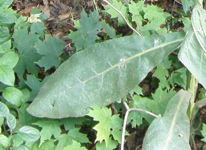
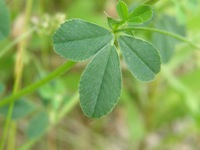
- Elliptical or elliptic:
show all
- Leaves shaped like an ellipse; that is, generally symmetrical, elongated,
and more or less evenly rounded at both ends.
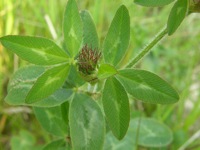
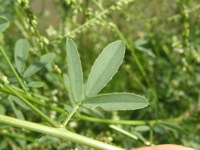
- Lanceolate:
show all
- Leaves shaped like a lance-head, much longer than wide, and, in technical usage,
broader towards the base. The reverse situation would be technically termed
oblanceolate.
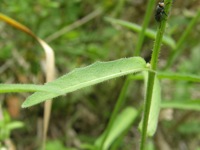
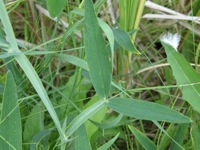
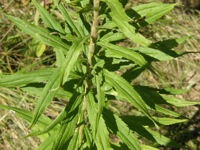
- Linear:
show all
- Leaves long and thin, many times longer than wide, with parallel margins.
Grass is an example.
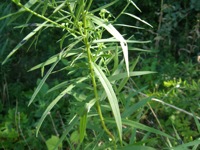
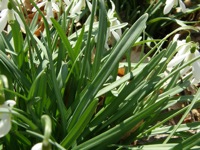
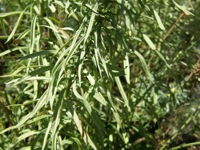
- Cordate:
show all
- Leaves heart-shaped with the lobes at the base of the leaf.


- Obcordate:
show all
- Leaves heart-shaped with the tip at the base of the leaf.
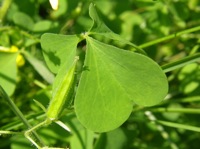
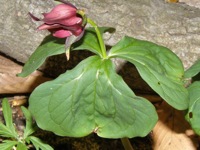
Copyright © 2009, 2012, Randal C. Nelson